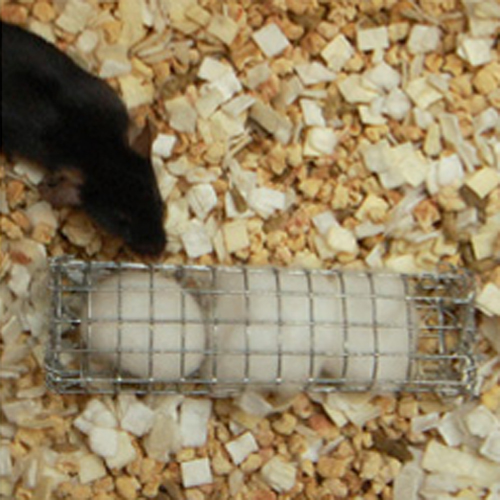An Olfactory Subsystem that Detects Carbon Disulfide and Mediates Food-Related Social Learning
15-Jul-2010
Current Biology, 2010, doi:10.1016/j.cub.2010.06.021, published on 15.07.2010
Current Biology, online article
Current Biology, online article
Olfactory signals influence social interactions in a variety of species. In mammals, pheromones and other social cues can promote mating or aggression behaviors; can communicate information about social hierarchies, genetic identity and health status; and can contribute to associative learning [1,2,3,4,5]. However, the molecular, cellular, and neural mechanisms underlying many olfactory-mediated social interactions remain poorly understood. Here, we report that a specialized olfactory subsystem that includes olfactory sensory neurons (OSNs) expressing the receptor guanylyl cyclase GC-D, the cyclic nucleotide-gated channel subunit CNGA3, and the carbonic anhydrase isoform CAII (GC-D+ OSNs) [6,7,8,9,10,11] is required for the acquisition of socially transmitted food preferences (STFPs) in mice. Using electrophysiological recordings from gene-targeted mice, we show that GC-D+ OSNs are highly sensitive to the volatile semiochemical carbon disulfide (CS2), a component of rodent breath and a known social signal mediating the acquisition of STFPs [12,13,14]. Olfactory responses to CS2 are drastically reduced in mice lacking GC-D, CNGA3, or CAII. Disruption of this sensory transduction cascade also results in a failure to acquire STFPs from either live or surrogate demonstrator mice or to exhibit hippocampal correlates of STFP retrieval [15]. Our findings indicate that GC-D+ OSNs detect chemosignals that facilitate food-related social interactions.











